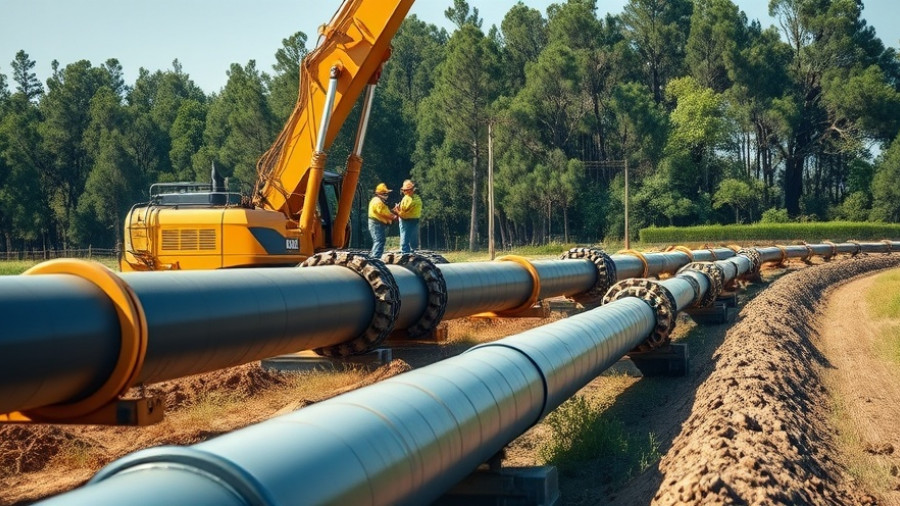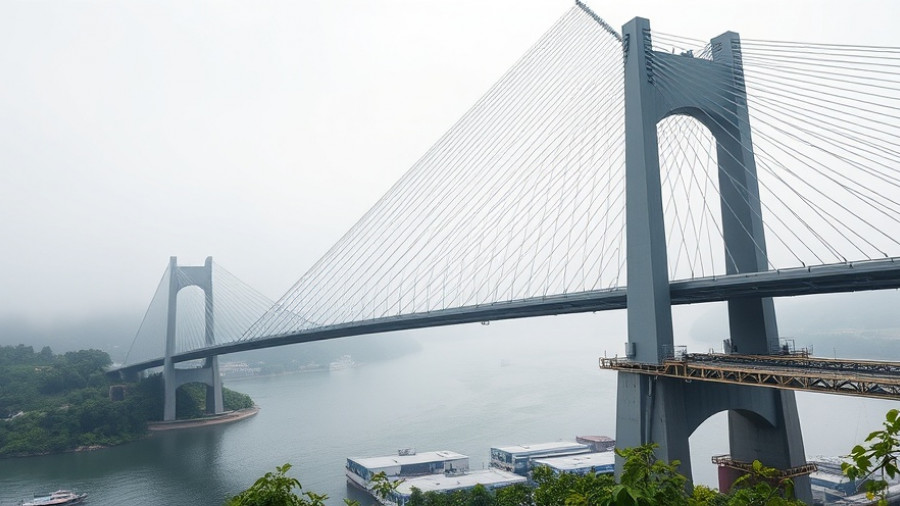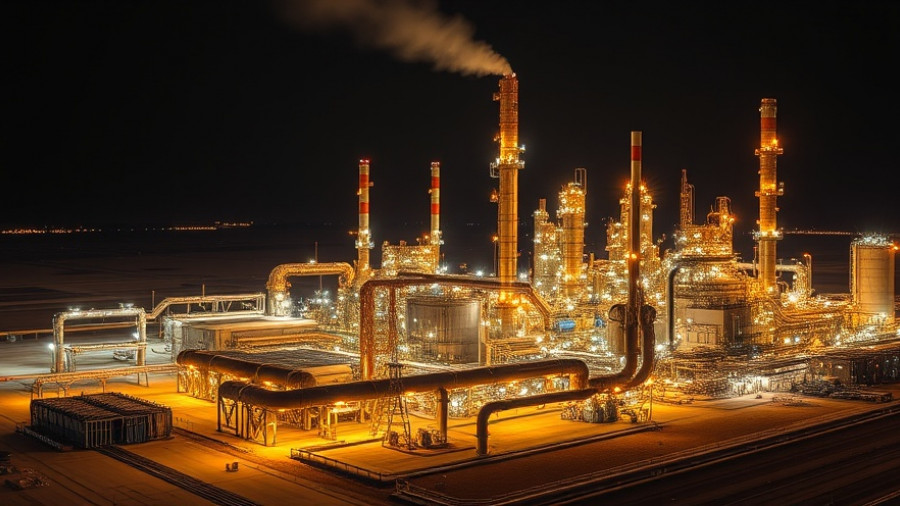
FERC's Lift of the Ban: A New Era for Gas Infrastructure Projects
The recent decision by the Federal Energy Regulatory Commission (FERC) to permanently lift its ban on gas infrastructure construction marks a significant shift in the energy landscape. Effective from November 10, this change allows development of natural gas pipelines and liquefied natural gas (LNG) export facilities to proceed without waiting for project appeals to be resolved. This rule reversal replaces a regulation originally enacted in 2020, aimed at protecting landowner rights but criticized by industry advocates as a hindrance to progress.
Understanding the Stakes: Project Efficiency and Economic Impact
For clients involved in commercial construction, the lift of FERC's ban not only accelerates project timelines but also mitigates the costly repercussions of delays. Curtailing construction due to pending appeals could lead to significant financial instability for developers, impacting project budgets and schedules. With the new policy, projects are expected to commence immediately upon receiving a FERC certificate, potentially shortening development schedules by several months. For construction companies, this means increased investment certainty and reduced risks related to permit expirations, which will be keenly welcomed in an industry striving for efficiency.
Environmental Concerns and Regulatory Oversight
While many in the gas industry applaud the decision, it raises concerns among environmental groups. The Southern Environmental Law Center and other advocacy groups argue that the removal of protection requirements poses risks of irreversible environmental damage before challenges are fully addressed. This tug-of-war between expediency and environmental protection underscores the complexities of energy infrastructure development today.
The Broader Context: Energy Demand and Regulatory Response
The demand for natural gas has been increasing, prompting FERC's regulatory adjustments. According to reports, the need for efficient energy delivery is at an all-time high, compelling regulatory bodies to reassess their stances on pipeline construction. Critics of the previous regulations argued that they reflected more of a political maneuver than sound environmental oversight, calling for a balance between energy demands and sustainable practices.
A Shift in Future Trends: What Lies Ahead?
Looking toward the future, the implications of this rule change could trigger a surge in gas infrastructure projects, particularly in regions where pipeline capacity has lagged behind demand. As energy companies gear up for construction, technological innovations in pipeline safety and management practices could emerge as a significant focus. The utility of automation and smart technologies in monitoring safety and environmental impact will likely play a pivotal role in shaping industry standards moving forward.
Conclusion
These regulatory changes open floodgates to expedited energy projects, but they also emphasize the need for ongoing dialogue between stakeholders to ensure environmental integrity is maintained. As commercial clients and construction firms navigate this new landscape, being informed of the regulatory framework and its implications is vital for strategic planning and risk management. Understanding both the opportunities and responsibilities that come with these changes will be key in the pursuit of successful, efficient, and sustainable construction outcomes.
Take action now to maximize your project efficiency and stay ahead in the evolving construction landscape!
 Add Row
Add Row  Add
Add 




Write A Comment